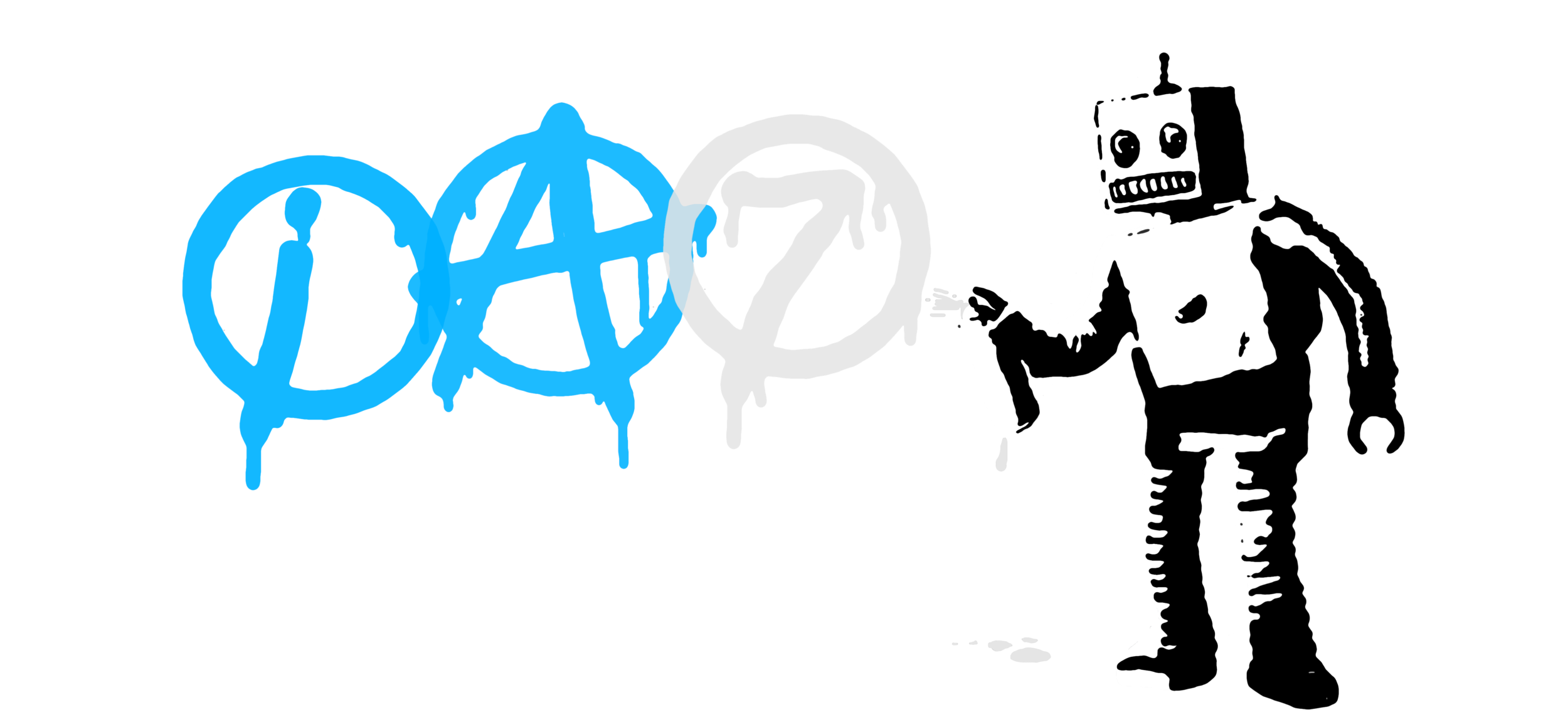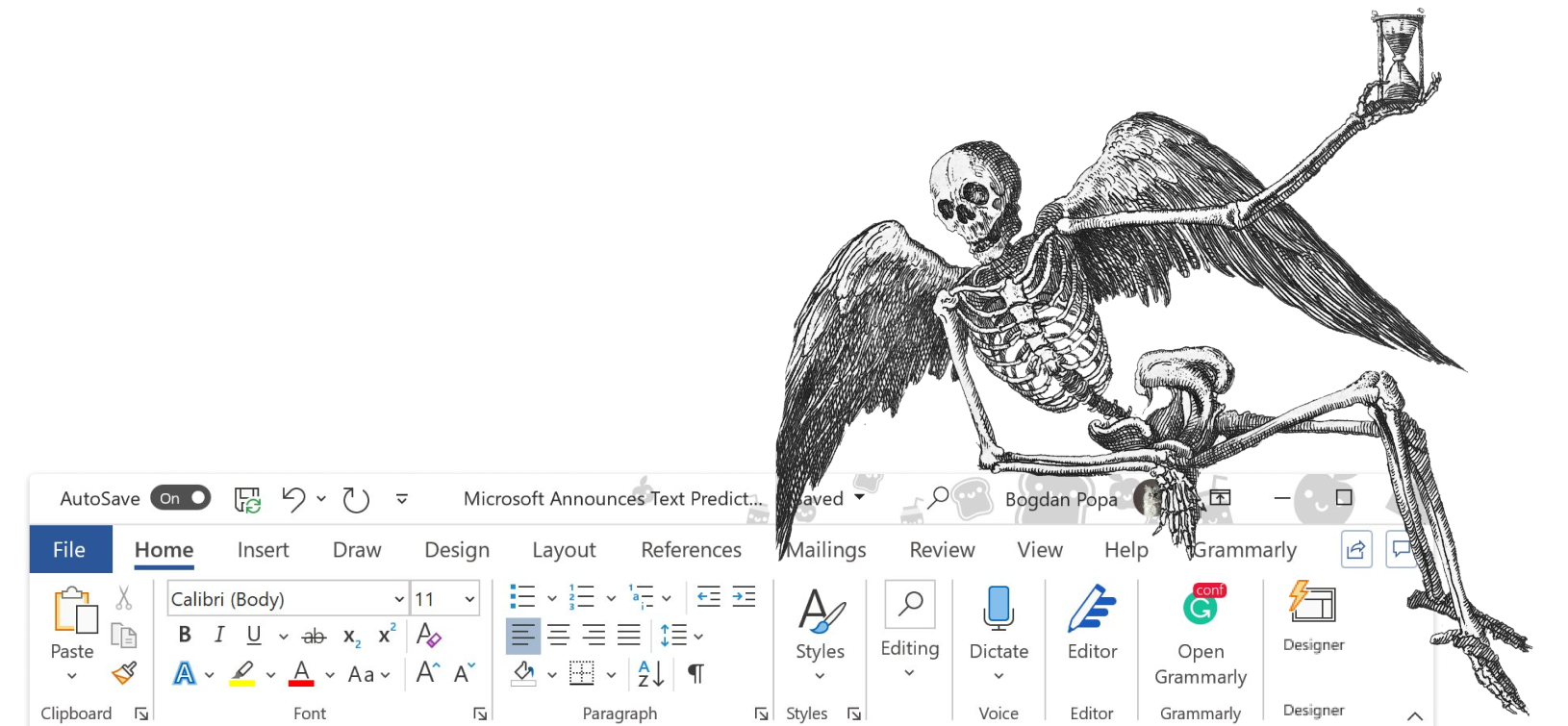iA Writer dims the text you paste from AI tools. As you edit ChatGPT’s input and make it your own, iA Writer keeps track of what is yours and what isn’t.
The only person that can safely discern human from artificial text is the person writing. iA Writer now supports making the distinction. There’s no fancy ghost doing this for you. It’s up to you to decide how honest you want to be with yourself.
This article is part three of a series about the history, reason, and the design of iA Writer 7, our cautious response to AI.
With iA Writer 7 you can manually mark ChatGPT’s contributions as AI text. AI text is greyed out. This allows you to separate and control what you borrow and what you type. By splitting what you type and what you pasted, you can make sure that you speak your mind with your voice, rhythm and tone.
Paste from ChatGPT
We worked intensely with AI tools for a year. Not before long we understood that there are many ways to use this new technology. But there are two main approaches to use it for writing.
- You can let it ghostwrite
- You can talk to it about your writing
As a dialog partner AI makes you think more and write better. As ghost writer it takes over and you lose your voice.
Yet, sometimes it helps to paste its replies and notes. And if you want to use that information, you rewrite it to make it our own. So far, in traditional apps we are not able to easily see what we wrote and what we pasted from AI.
iA Writer lets you discern your words from what you borrowed as you write on top of it. As you type over the AI generated text you can see it becoming your own. We found that in most cases, and with the exception of some generic pronouns and common verbs like “to have” and “to be”, most texts profit from a full rewrite.
What we have built looks simple, and discerning artificial from human text is not just useful, it’s essential.
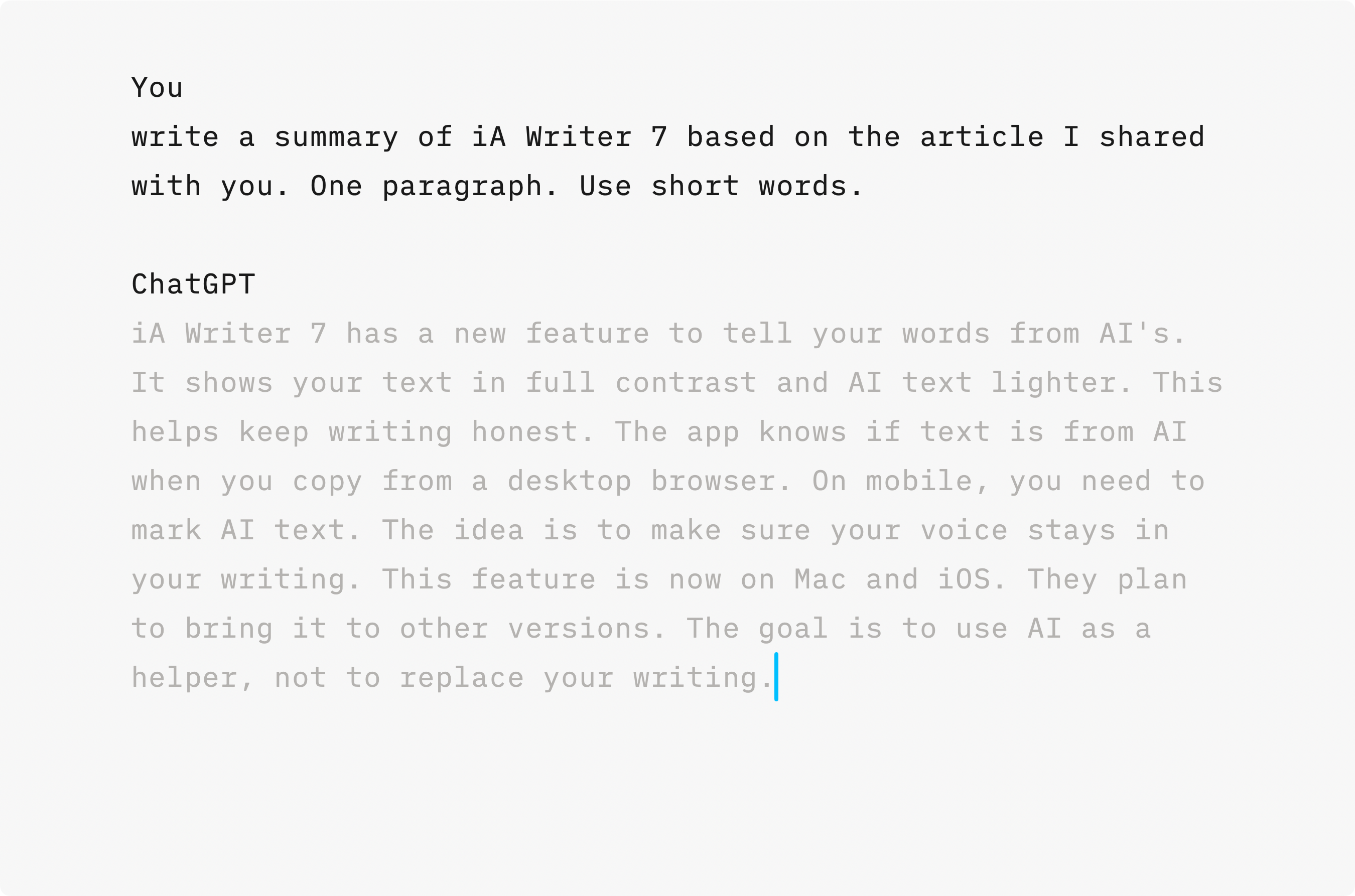
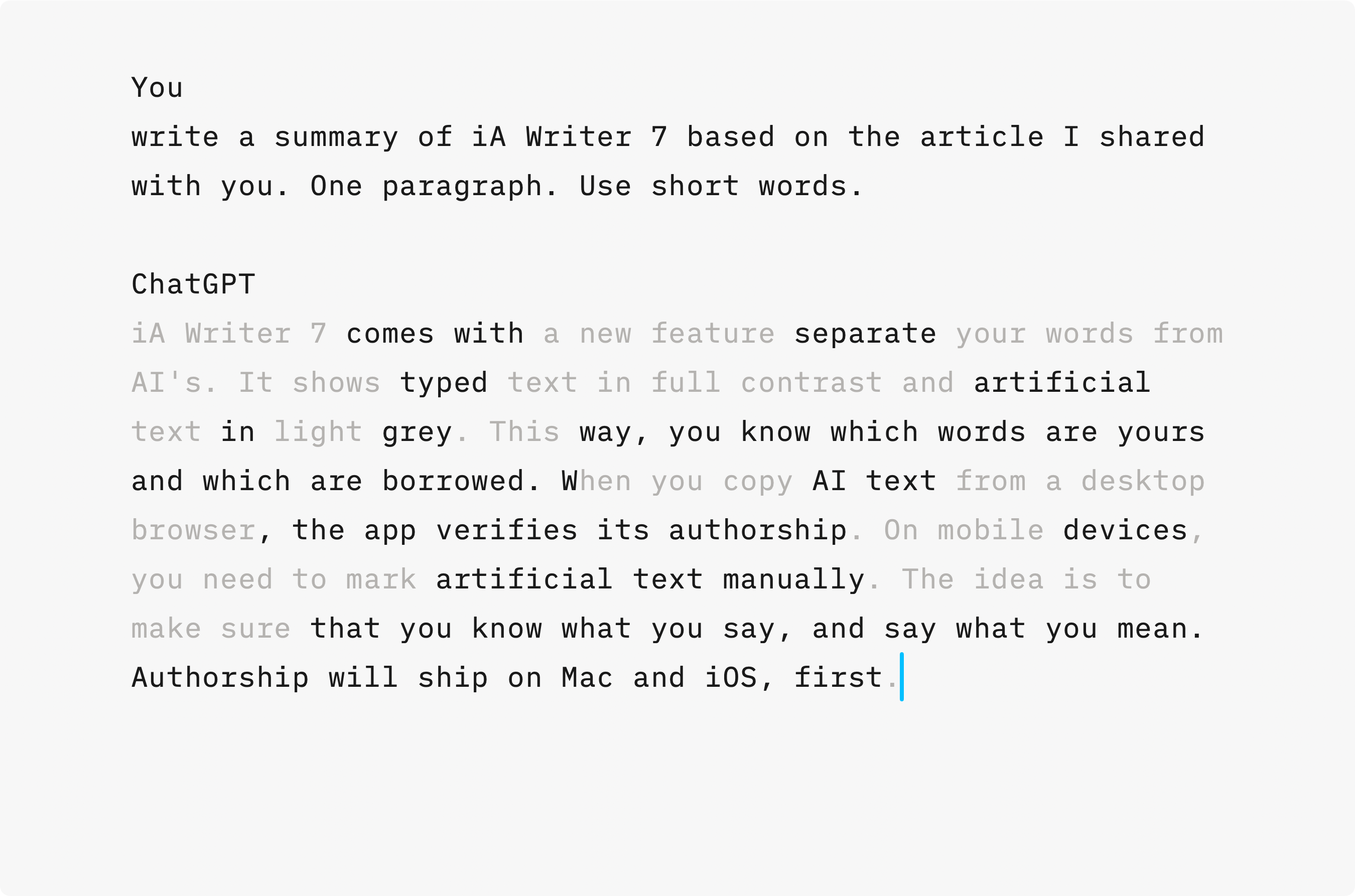
Once you defined your source, iA Writer takes care of tracking what is yours and what remains from AI. Where possible, we automated the process.
Copy Pasting
You can work on the text in a different app and paste your edits back without losing the authorship details. You simply provide the author of the edits. We analyze the difference and attribute the new additions.
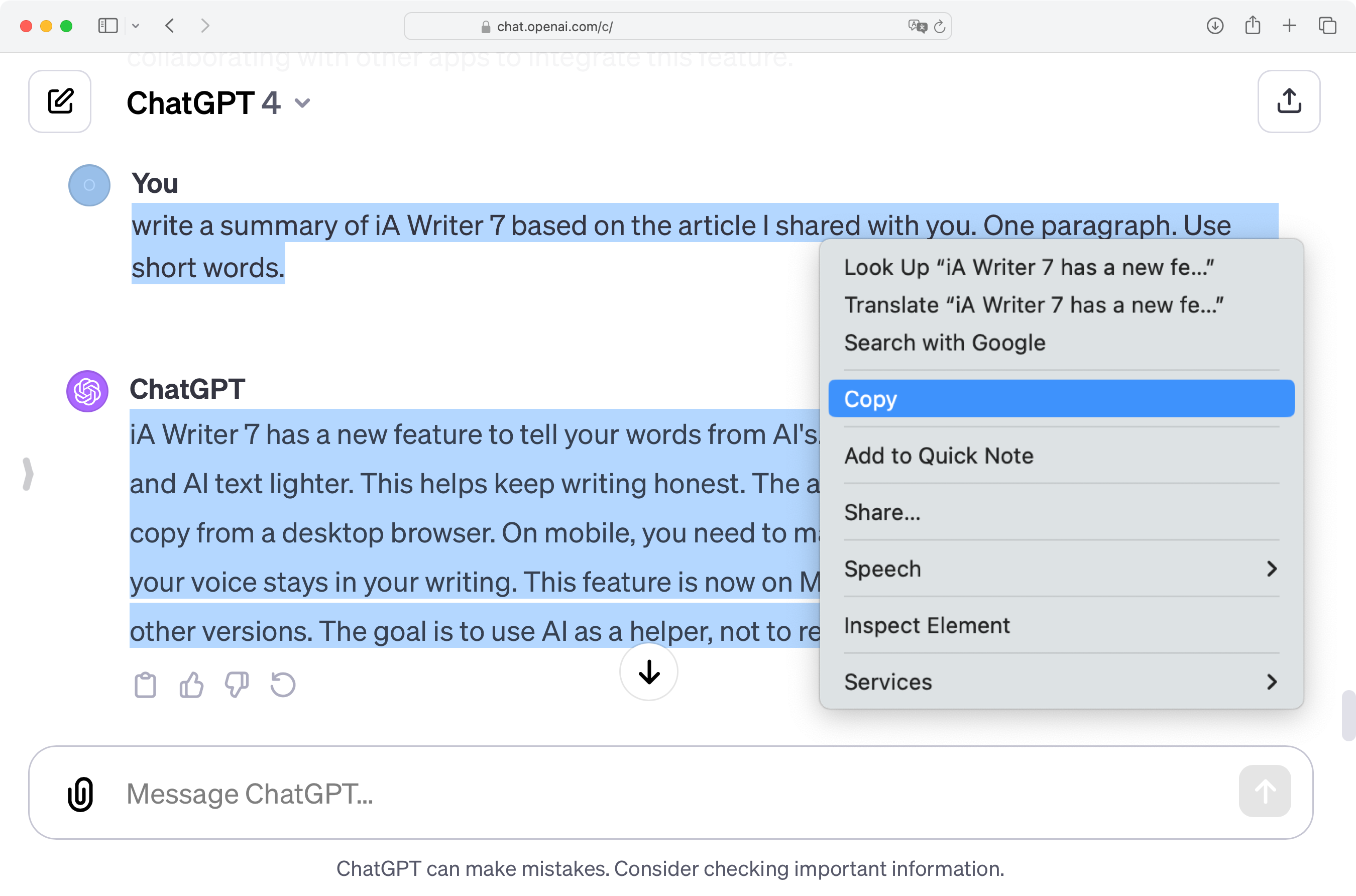
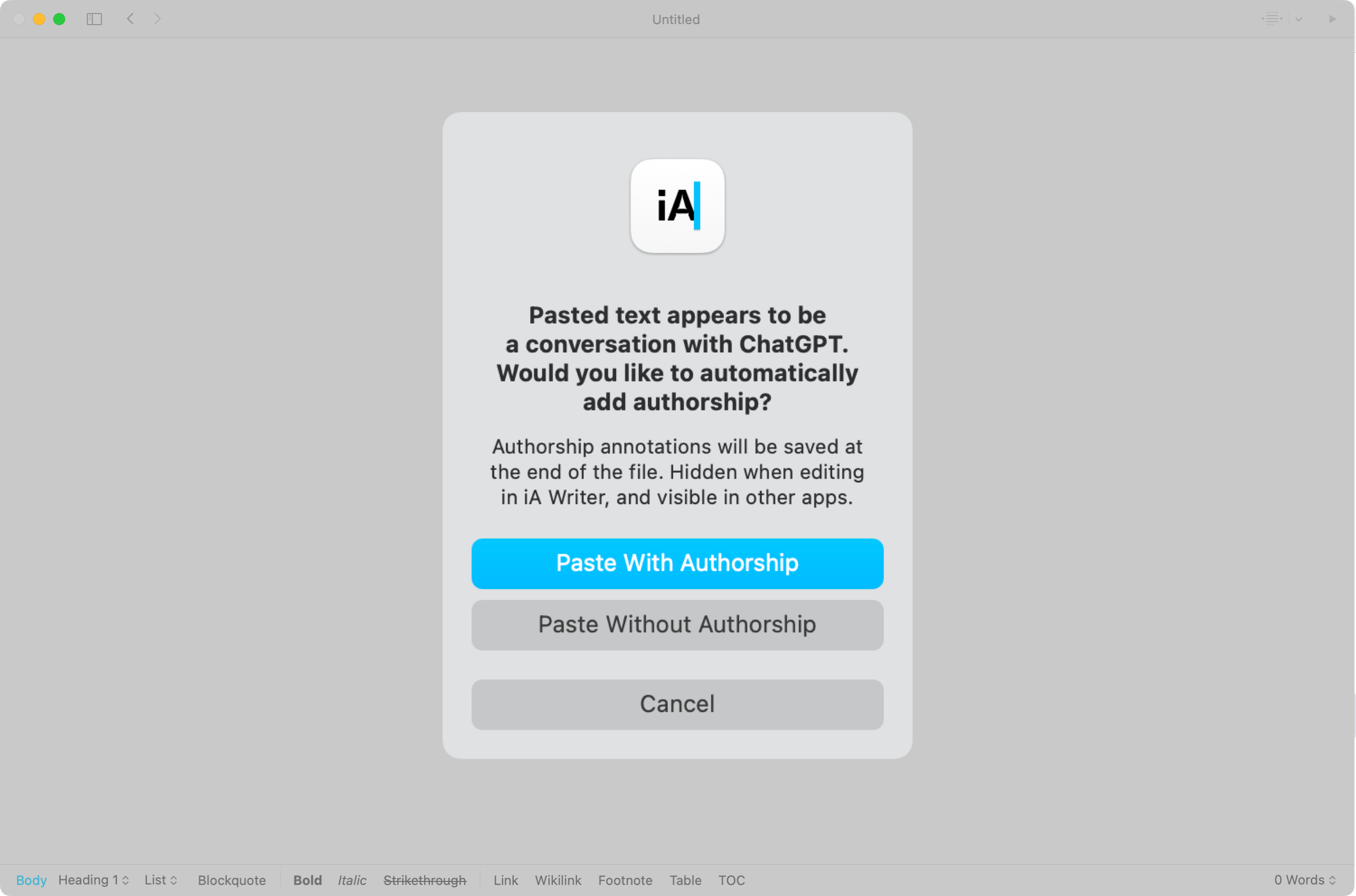
When you copy and paste a conversation from ChatGPT, the copied text contains “You” before every question, and “ChatGPT” before every answer. We recognize this pattern and offer to automatically mark authorship.
iA Writer offers shortcuts, menus and right clicks to get it done and keep the authorship working even when you edit your texts elsewhere. We think that the extra second is more than worth it.
How does it work?
We hold onto our basic approach of using plain text. We experimented with authorship markup directly in text. The markup always got in the way when editing because every other word can have a different author. And the markup made the text difficult to read.
We store Authorship as a separate block at the end of a file. This keeps texts easy to read and share, but requires a tool to update and show authorship. We think it’s the right tradeoff.
Does it work elsewhere?
When you edit files with Authorship outside iA Writer, your changes will misplace the authorship annotations. iA Writer will detect this and warn you. So we put a lot of effort into making it easy to bring back edits made elsewhere without losing authorship information. “Paste Edits From” menu automatically detects changes between the selected text and the pasted text, and attributes the changes to the author you choose.
Currently, Authorship is available in iA Writer for iPad, iPhone, and Mac. We would like to bring it to other platforms, and to iA Presenter.
The Future
We think that everyone would benefit from a future where we can see what the machine processed and what humans felt, thought and expressed with their hearts and minds.
We believe that conceptually it is the right answer to a lot of issues that AI creates for writers. We think authorship in plain text is new, useful, and prerequisite to working responsibly with AI text generation. We thought through, discussed, designed and tested it thoroughly. But there is still a lot to improve. The potential for new ideas is massive.
With Authorship we not only laid the basis for collaboration with AI, we now also have a solid foundation for human to human collaboration. You can already mark other human authors. But we’d like to see and hear your reaction before making promises and announcing next steps.
Open Format
We’re calling this new format Markdown Annotations, and we’ve published a spec on GitHub.
We’ve put a lot of thought, time, and effort into this idea and the implementation. We are open to working with other apps to adapt the idea in some form, ideally establishing a standard.
While the format is open, avoid cloning our work. Draw inspiration from what we made. Change it. Improve it. Design it yourself. Work on it until it is substantially better. If you can’t beat our design, then let it be and do something else.
But why?
We went into detail previously about our observations and our learnings on writing with AI. Here’s the gist:
Writing is thinking. iA Writer is designed to make thinking enjoyable. A writing app that thinks for you is a robot that does your jogging. To deal with AI appropriately, we need to understand what it does to us:
“…successful AI is not about producing human intelligence, but about replacing it.” –Luciano Floridi, The Ethics of Artificial Intelligence (p. 23). OUP Oxford.
Due to its convenience, we believe that using AI for writing will likely become as common as using dishwashers, spellcheckers, and pocket calculators. The question is: How will it be used? Like spell checkers, dishwashers, chess computers and pocket calculators, writing with AI will be tied to varying rules in different settings.
We suggest using AI’s ability to replace thinking not for ourselves but for writing in dialogue. Don’t use it as a ghost writer. Because why should anyone bother to read what you didn’t write? Use it as a writing companion. It comes with a ChatUI, so ask it questions and let it ask you questions about what you write. Use it to think better, don’t become a vegetable.
Honesty with others begins with honesty with ourselves, recognizing what is ours and what is borrowed. This starts in the writing process. We need to discern human voice and robot text. Current text editors don’t allow you to easily keep track of what is yours and what isn’t.
Try it!
Authorship is available in iA Writer 7 for iPad, iPhone and Mac. You can get a free trial for Mac. Apple does not allow free trials for paid-upfront apps on iPad and iPhone. We are planning to bring Authorship to all our other apps in the future.
This article is part three of a series about the history, reason, and the design of iA Writer 7, our cautious response to AI.
